

Stainless Steel Filter Housing
Durable, Efficient, and Versatile Filtration Solutions
The Stainless Steel Filter Housing is a durable and corrosion-resistant filtration unit constructed from premium 304 or 316 stainless steel. It is engineered to support double open-end cartridge configurations (4 to 20+ cartridges) for high-flow liquid filtration.
Designed for industrial filtration applications, it withstands high pressures (up to 125 psi) and extreme temperatures (up to 300°F/149°C), with versatile port options including side and top-bottom designs for seamless installation. Compatible with a range of 10”-40” cartridges, including DOE, M3, and M8 types, this robust housing delivers exceptional performance in drinking water systems, food processing, pharmaceuticals, and other demanding industrial settings, ensuring long-lasting durability, easy maintenance, and impressive flow rates up to 125 GPM.
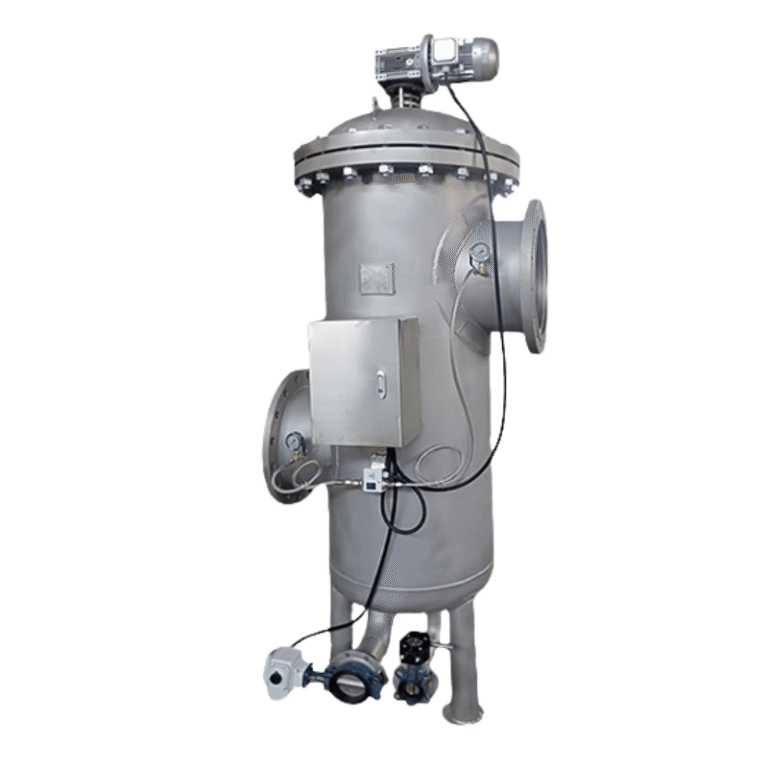
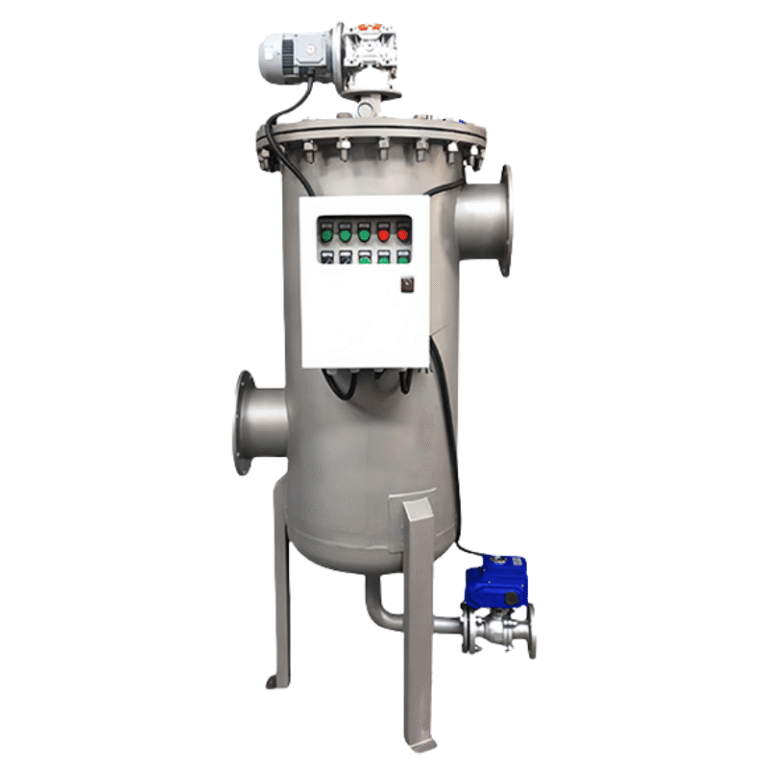
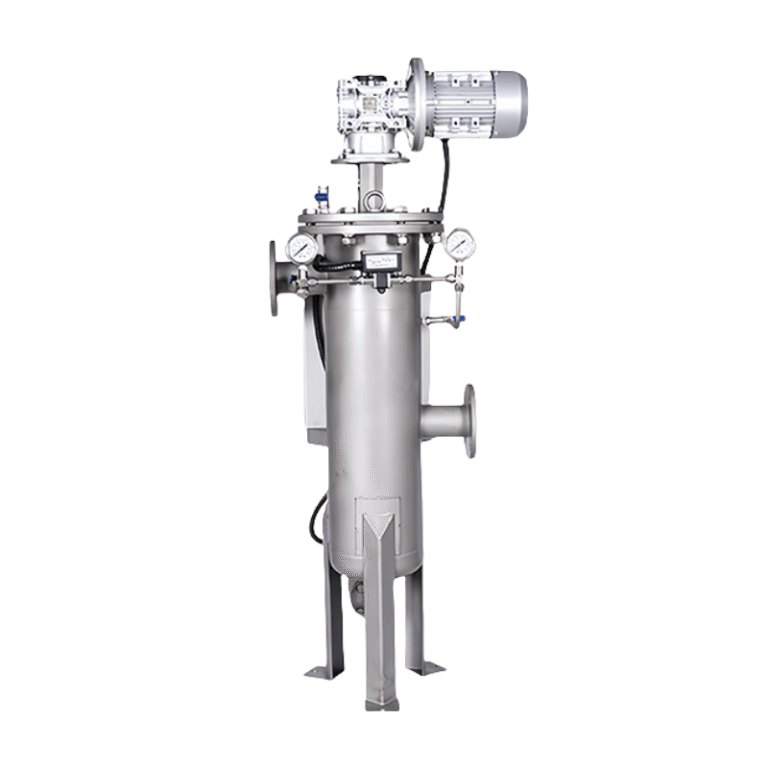
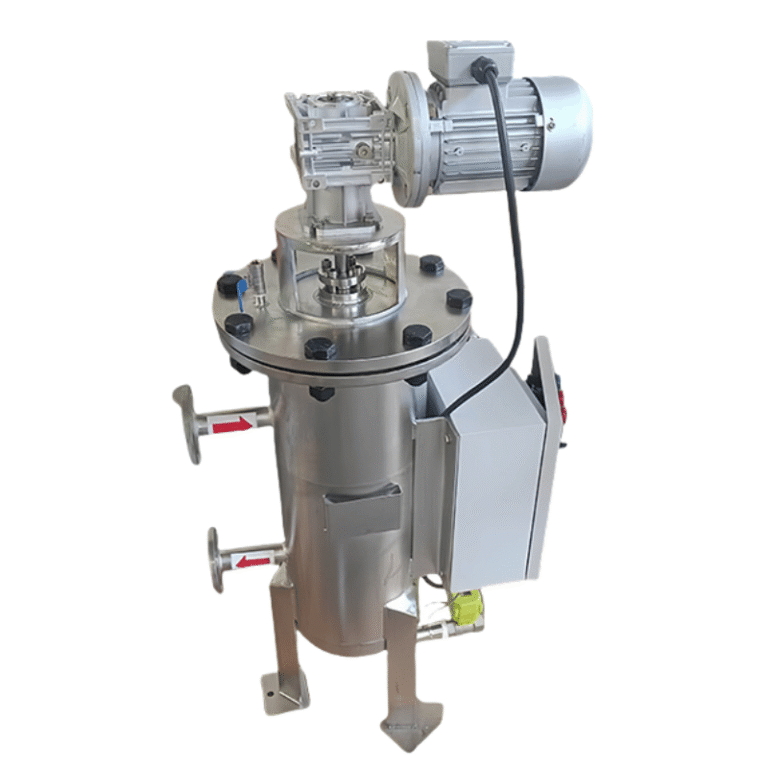
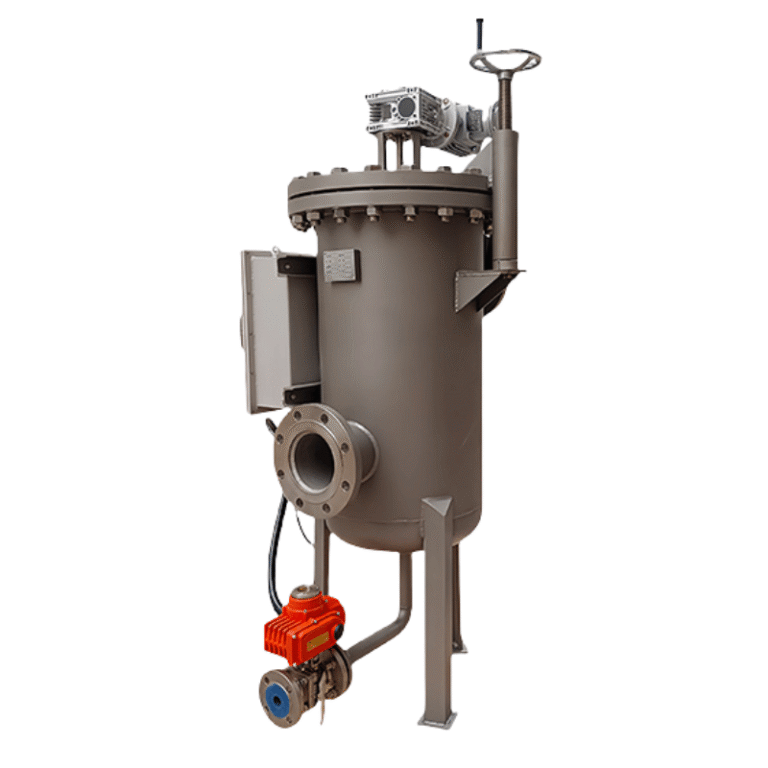
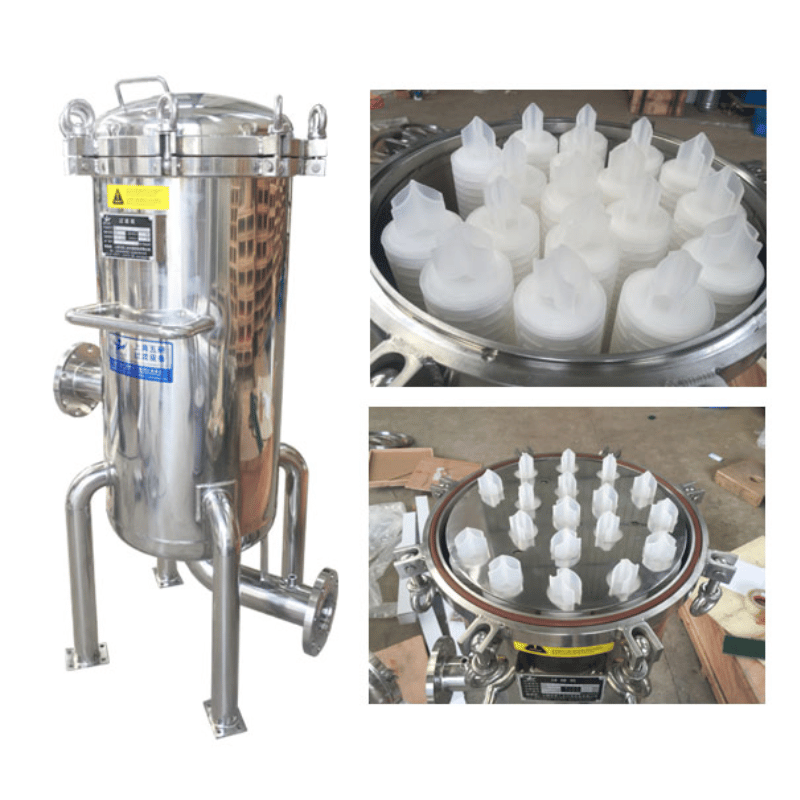
Applications of Stainless Steel Filter Housings
Food and Beverage Processing
We design our stainless steel filter housings to meet the stringent hygiene and safety standards required in the food and beverage industry. These housings are resistant to corrosion, easy to clean, and capable of withstanding high temperatures, making them ideal for processes such as:
- Liquid filtration (water, juices, dairy products, beer, and wine)
- Removal of particulates and contaminants to ensure product clarity and purity
- Sanitary processing with smooth, crevice-free surfaces to prevent bacterial growth
Our housings are compatible with various filter media, including mesh screens, sintered metal, and pleated cartridges, ensuring optimal filtration efficiency.
Pharmaceutical and Medical Filtration
In pharmaceutical and medical applications, precision and sterility are critical. Our stainless steel filter housings provide:
- High-purity filtration for APIs (Active Pharmaceutical Ingredients), solvents, and injectable solutions
- Compliance with cGMP and FDA standards for contamination-free processing
- Sterilization compatibility (autoclaving, steam-in-place, and chemical sanitization)
We offer custom configurations to support critical processes such as biopharmaceutical production, vaccine filtration, and medical device manufacturing, ensuring reliability and regulatory compliance.
Chemical and Petrochemical Industries
Our stainless steel housings are engineered to handle aggressive chemicals, high pressures, and extreme temperatures typical in chemical and petrochemical applications. Key uses include:
- Solvent filtration to remove impurities in chemical manufacturing
- Corrosive fluid handling with acid-resistant stainless steel grades (316L, Hastelloy, etc.)
- High-pressure filtration for hydraulic systems and fuel processing
The robust construction ensures long-term durability, even in harsh environments, while maintaining filtration efficiency.
Water Treatment and Desalination
We provide stainless steel filter housings for both municipal and industrial water treatment systems, including:
- Pre-filtration to remove sediments and particulates before reverse osmosis (RO)
- Seawater desalination with corrosion-resistant materials for saltwater exposure
- Wastewater treatment for industrial effluents and recycling processes
Our housings support high flow rates and extended service life, making them a reliable choice for sustainable water management solutions.
Our stainless steel filter housings ensure optimal performance across these critical industries by offering durability, compliance, and versatility.
Technical Specifications
| Parameter | Details |
|---|---|
| Materials of Construction | 304 or 316L Stainless Steel |
| Compatible Cartridge Sizes | 2.5" OD with lengths of 20", 30", or 40" |
| Inlet/Outlet Size | 3/4" NPT |
| Operating Pressure | Up to 150 psi (10 bar) |
| Operating Temperature | Up to 250°F (120°C) |
| Flow Rate | Up to 227 liters per minute (60 US gallons per minute), depending on application |
| Sealing Gaskets | Buna-N or Cellulose |
| Housing Dimensions | Varies based on specific requirements |
Why Choose Our Stainless Steel Filter Housings?
Superior Quality and Traceability
We manufacture our stainless steel filter housings using premium-grade materials, ensuring unmatched durability and resistance to corrosion, high pressures, and extreme temperatures. Every unit is produced under strict quality control measures, with full material traceability to guarantee compliance with industry standards, including:
- Certified material sourcing (EN 10204 3.1, ASTM, ASME)
- Precision welding and fabrication for leak-proof performance
- Surface finishes (electropolished, passivated, or mechanically polished) to meet sanitary or industrial requirements
Our commitment to quality extends to documentation, and we provide mill test reports (MTRs) and material certifications for complete transparency.
Expert Support and Customization Services
We understand that filtration needs vary across applications, so we offer tailored solutions to meet specific requirements. Our team of engineers provides:
- Custom sizing and configurations to fit unique system layouts
- Material selection guidance (316L, 304, duplex, or specialty alloys) for optimal chemical compatibility
- Pressure and temperature ratings are designed for your operational conditions
We ensure seamless integration and long-term reliability from initial consultation to post-installation support.
Proven Performance Across Industries
Our stainless steel filter housings are trusted in critical applications worldwide, delivering consistent performance in:
- High-purity processes (pharmaceuticals, biotechnology)
- Abrasive and corrosive environments (chemical processing, petrochemicals)
- Sanitary and high-flow applications (food & beverage, water treatment)
With decades of industry experience, we refine our designs based on real-world feedback, ensuring our housings meet the evolving demands of modern filtration systems.
By choosing our stainless steel filter housings, you benefit from superior craftsmanship, personalized service, and a track record of reliability across diverse sectors.
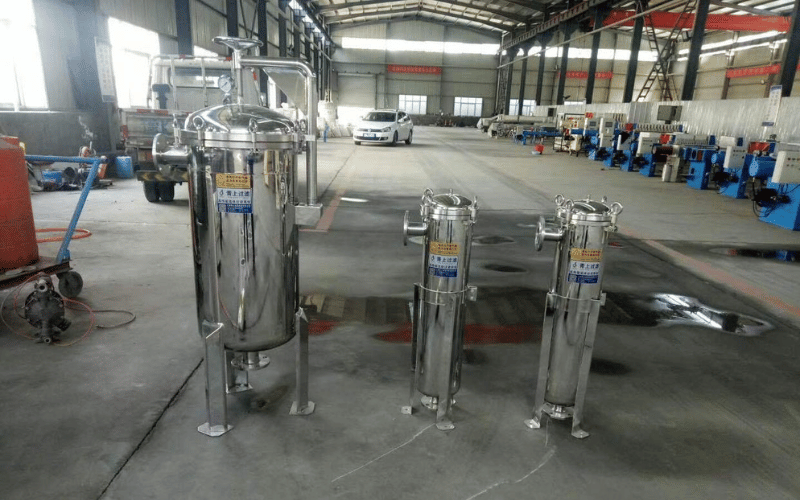
How to Select the Right Stainless Steel Filter Housing?
Choosing the perfect stainless steel filter housing for your needs requires careful consideration of several factors. Start by evaluating your application’s flow rate requirements and pressure ratings. Determine if the housing needs to accommodate single or multiple cartridges and whether you require a specific port design, such as side or top-bottom configurations.
For industrial filtration applications, consider the material of the housing. Opt for 304 stainless steel for light to moderate corrosive conditions. Alternatively, 316L stainless steel provides superior corrosion resistance in harsher industrial environments, such as chemical processing or marine settings.
Key Features to Consider
- Material: 304 or 316L stainless steel for durability.
- Cartridge Configuration: Single or multi-cartridge options.
- Pressure Rating: Ability to withstand up to 125 psi.
- Temperature Tolerance: Suitable for conditions up to 300°F/149°C.
- Connections: Flexible port designs for seamless installation.
Understanding your specific filtration needs can help you select a durable and efficient stainless steel filter housing for optimal performance.
How to Maintain Stainless Steel Filter Housings?
Regular Cleaning and Maintenance Tips
We recommend establishing a routine maintenance schedule to keep your stainless steel filter housings in optimal condition. Proper care includes:
- Flushing the system regularly to remove accumulated debris and prevent clogging
- Using appropriate cleaning agents (non-abrasive, pH-neutral solutions) to avoid damaging the stainless steel surface
- Inspecting and cleaning gaskets/seals to ensure proper sealing and prevent leaks
- Drying components thoroughly after cleaning to prevent water spots or corrosion
For sanitary applications, we advise following validated cleaning protocols, such as CIP (Clean-in-Place) or SIP (Sterilize-in-Place) procedures, to maintain hygiene standards.
Signs of Wear and When to Replace
Even with proper maintenance, stainless steel filter housings may eventually show signs of wear. Key indicators that replacement or repair may be necessary include:
- Visible corrosion or pitting, especially in high-chloride or acidic environments
- Cracks or deformations in the housing body, which can compromise structural integrity
- Persistent leaks that cannot be resolved by replacing seals or tightening connections
- Reduced filtration efficiency due to internal damage or excessive buildup
We recommend periodic professional inspections to assess housing condition and determine whether components need servicing or replacement.
Best Practices for Ensuring Optimal Performance
To maximize the lifespan and efficiency of your stainless steel filter housings, we suggest the following best practices:
- Monitor pressure differentials across the filter to detect early signs of clogging or system issues
- Follow manufacturer guidelines for maximum operating pressure and temperature limits
- Store spare gaskets and seals to minimize downtime during maintenance
- Use compatible filter elements that match the housing’s specifications to prevent damage
By implementing these maintenance strategies, you can ensure reliable performance, extend service life, and maintain the highest filtration standards in your operations.
Stainless Steel Filter Housings FAQs
Q: What is a stainless steel filter housing?
A: A stainless steel filter housing is a robust container designed to hold filter cartridges or bags for liquid filtration applications. These housings are constructed from stainless steel, providing durability and resistance to corrosion in various industrial processes.
Q: What are the benefits of using stainless steel filter housings?
A: The benefits of using stainless steel filter housings include high durability, resistance to corrosion, compatibility with a wide range of chemicals, and the ability to withstand high pressure. They also offer improved filtration efficiency and a longer lifespan compared to plastic alternatives.
Q: What types of filters can be used with stainless steel filter housings?
A: Stainless steel filter housings can accommodate various types of filters, including cartridge filters, bag filters, and pre-filtration systems. The choice of filter depends on the specific application and desired filtration efficiency.
Q: How do I select the right stainless steel filter housing for my application?
A: When selecting a stainless steel filter housing, consider factors such as the flow rate (measured in gpm), the type of fluid being filtered, the required pressure ratings, and the specific housing features. It may be beneficial to consult with a filtration specialist for guidance.
Q: What is the difference between 304 and 316L stainless steel filter housings?
A: The primary difference between 304 and 316L stainless steel filter housings lies in their composition and corrosion resistance. 316L stainless steel offers superior resistance to pitting and is suitable for more aggressive chemical environments, while 304 stainless steel is adequate for less demanding applications.
Q: Are there sanitary stainless steel filter housing options available?
A: Yes, there are sanitary stainless steel filter housing options available. These housings are designed to meet strict hygiene standards, making them suitable for industries such as food and beverage, pharmaceuticals, and biotechnology.
Q: What are the common features of stainless steel filter housings?
A: Common features of stainless steel filter housings include a durable design, easy access for filter replacement, pressure rating indicators, and compatibility with various clamp types. Some models may also include additional features like venting and dirt holding capacity indicators.
Q: Can stainless steel filter housings be used for high-pressure applications?
A: Yes, stainless steel filter housings can be designed for high-pressure applications. It is crucial to select a housing model that is rated for the specific pressure requirements of your process to ensure safety and optimal performance.
Q: What is the typical flow rate for stainless steel filter housings?
A: The flow rate for stainless steel filter housings varies depending on the housing size and design. Typically, flow rates can range from a few gpm to several hundred gpm, depending on the application and the number of filter cartridges used.

